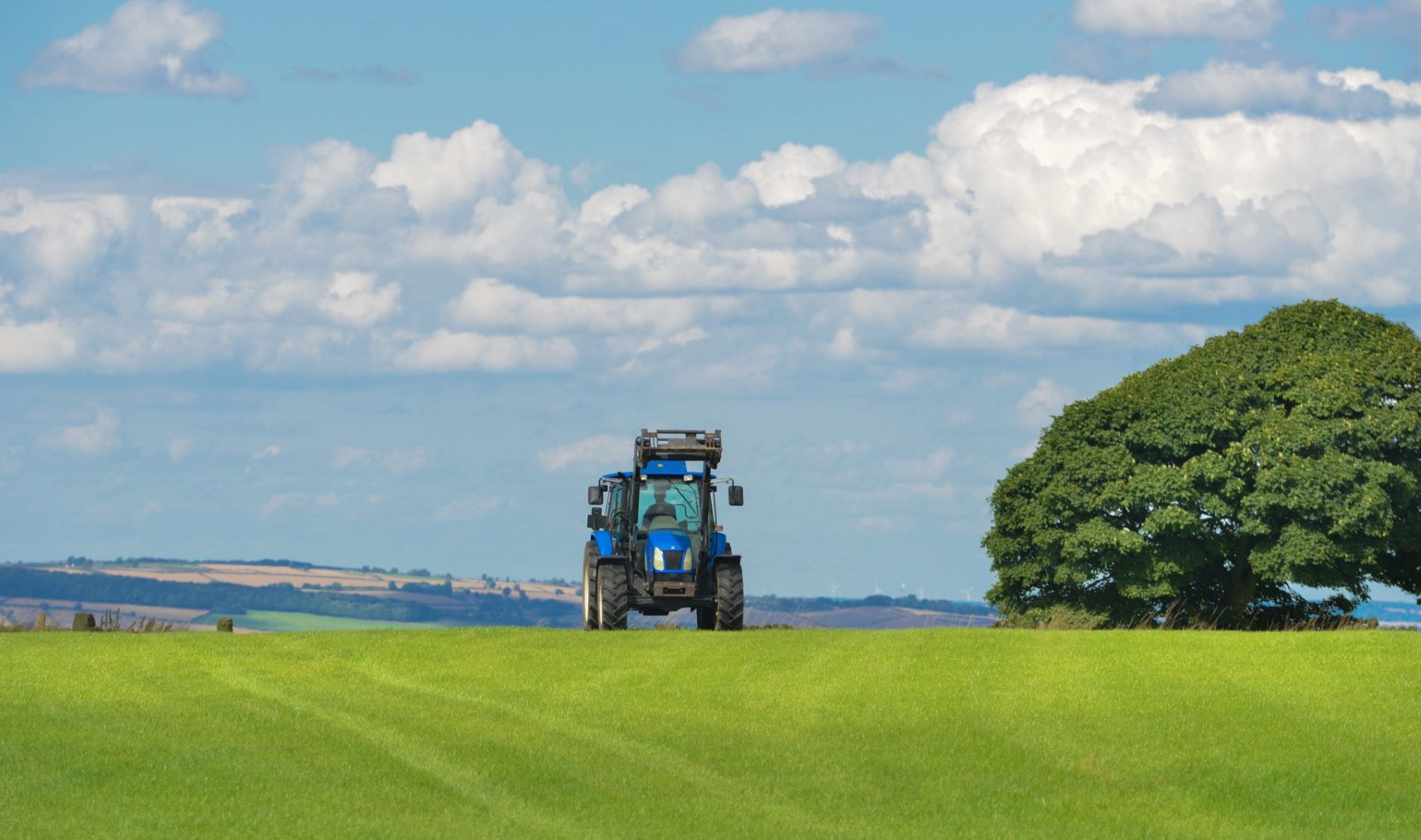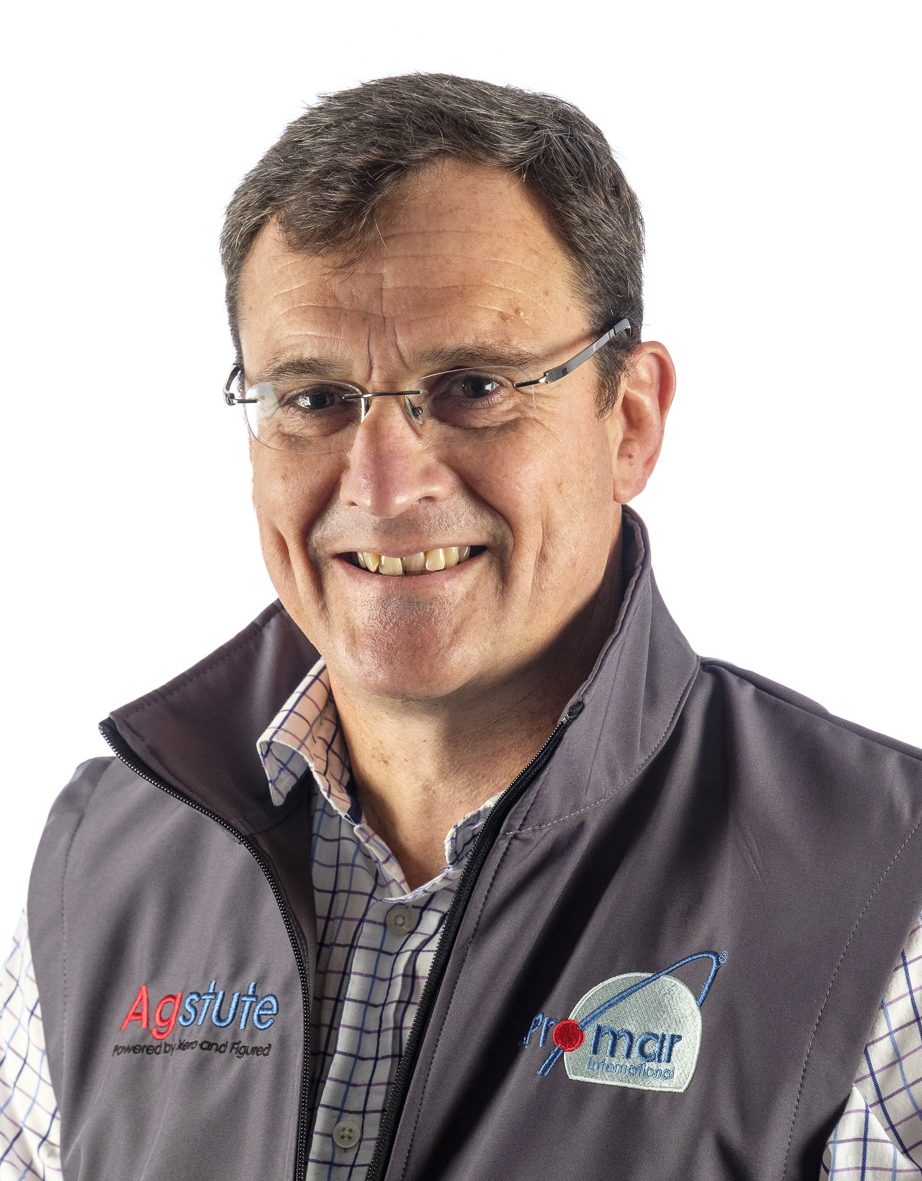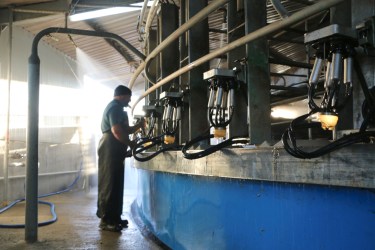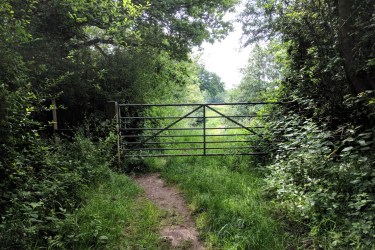By Garry Kidner
When it comes to controlling feed costs and exploiting an increase in milk price, there are two fundamental objectives to set. The first is maximising contribution from forage and the second is reducing the amount of purchased feeds used.
Why take this approach? We only have to look at the figures to see that forage remains considerably cheaper than utilising concentrates. In 2021, grazed grass cost around £23/tDM and allowing for higher costs this will now be nearer to £45/tDM.
While accepting this increase is high, if you compare it to the price of concentrates, which is currently averaging close to £320/tDM, you will clearly see that grass remains one of the most cost-effective feeds.
So, how can you maximise contribution from forage?
1 – Make sure you apply nitrogen effectively
Get soils analysed and better match supply to requirements. Be prepared to vary application rates within fields and get your fertiliser spreader calibrated to make sure this expensive input is going where it should.
2 – Make the best use of slurry
Start by getting it sampled, so you know exactly what you have got. Split spring applications totalling 67,000 litres per hectare (6000 gallons per acre) of 6% dry matter slurry, with a typical nitrogen content, will apply 60kgN/ha. Typical ryegrass first cut recommendations are to apply 120kgN/ha, meaning only 60kgN/acre of bagged nitrogen will be needed per hectare.
Use slurry carefully, as contamination of silage cuts can ruin fermentation and leave you with poor quality forage.
3 – Don’t put off reseeding plans
Replacing worn out pastures can help improve both the quantity and quality of forage produced. By including a higher proportion of clover in seed mixes, you can also help future proof your farm by fixing atmospheric nitrogen and lowering the requirement for purchased nitrogen.
4 – Challenge your grassland management methods
Are all the field operations necessary? How often does grass need to be turned and moved in the field? Every time it is, you run up a bill and can reduce forage quality.
All operations on farm will be more expensive, so it will also pay to think about how you establish your grasslands.
5 – Focus on reducing waste
Waste can be as high as 15% of all dry matter produced, and includes field losses due to excessive wilting and careless harvesting practices. Fermentation losses are more significant and go unseen. They are a consequence of slow filling, inadequate rolling and clamp sealing. Research over many years has shown an effective additive will reduce dry matter loss by an average of 4%, and sometimes more.
Feed out losses can also mount up. We see a lot of aerobic spoilage in clamps caused by grass ensiled when it is too dry, which results in overheating and a significant loss of dry matter. Always try to harvest below 35% dry matter.
Every farm will be able to identify ways to increase the cost-efficient production of quality forage. We’re here to help you recognise and evaluate the key steps you need to take to mitigate costs and manage your grassland efficiently. Get in touch with our team of Farm Business Consultants today, to receive a detailed and bespoke fertiliser plan.








